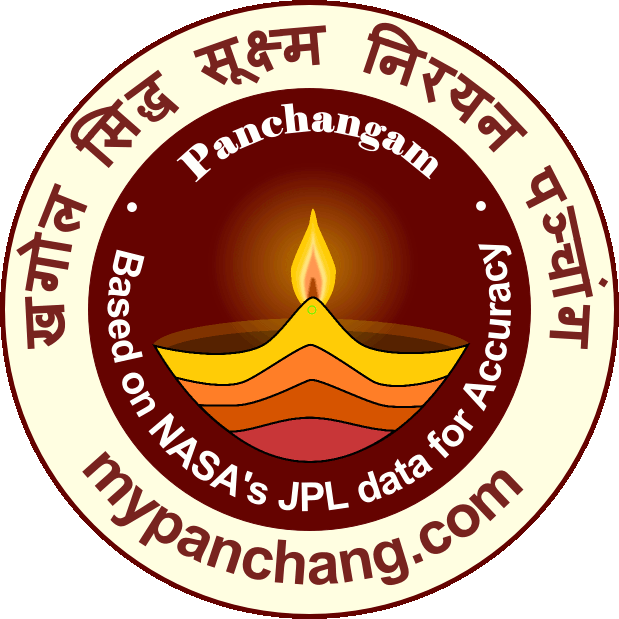United States
Tuesday, October 20, 2026
Shaka:Parabhava (1948)
Vikrami(North):Siddhaarthi 2083
Vikrami(Gujarat): Pingala 2082
☼ 07:46:11 - 18:46:19
☽ 15:58:43 - 01:49:16
Tamil:Aippasi - Tula
Aashvayuja Shukla Paksha
Dashami till Oct/21/2026 03:42:04
Dhanishta till Allday
Shuula till 14:19:12
Taitila till 15:06:36
Garaja till Oct/21/2026 03:42:04
Vanija till Allday
Tamil Yoga:Siddha
Rahukalam:16:01:17 - 17:23:48
Yamagandam:10:31:13 - 11:53:44
Gulikai:13:16:15 - 14:38:46
Abhijit:12:54:15 - 13:38:15
Durmuhurtham:09:58:12 - 10:42:13, 23:58:39 - Oct/21 24:50:43
Varjyam:11:49:24 - 13:32:27
Amritkalam:22:07:44 - 23:50:48
Sun:Tula
Moon:Kumbha 20:29:57
Baan: Mrityu
Sayana Sun:Tula
Sun Star:Chitra
DikShoolai: in North
Kaal Vaasa: in West
Rahu Vaasa: in SouthEast
Krakacha Tithi: from Oct/20/2026 02:20:37 till Oct/21/2026 03:42:04
Agnivasa: in Paatala till Oct/21/2026 03:42:04
Agnivasa: on Earth till sunrise
Moon abode: South till 20:29:57
Moon abode: West from 20:29:57
Shraddha Tithi Dashami
Panchak Begin 20:29:57
Vijaya Dashami, Dussera




